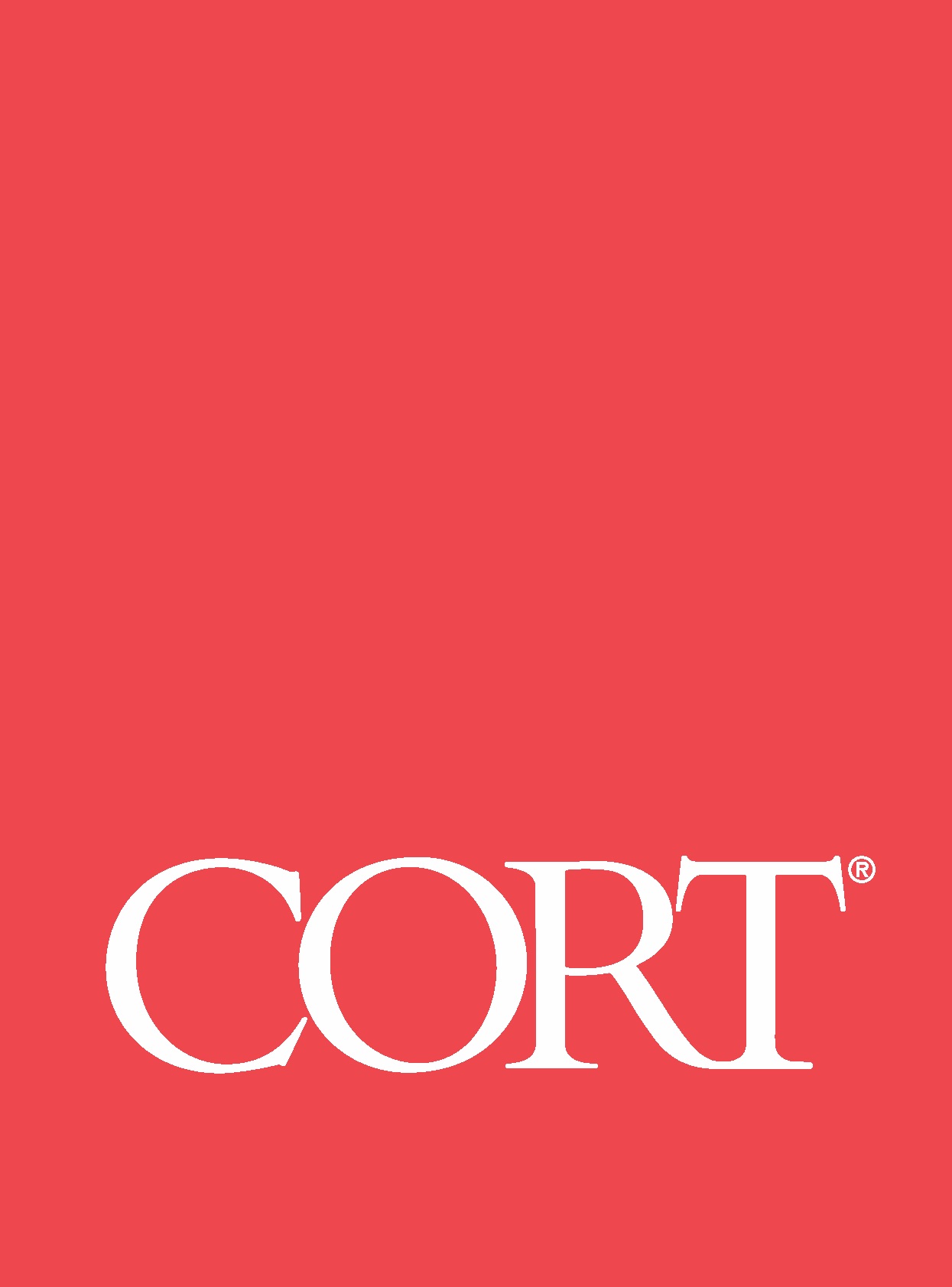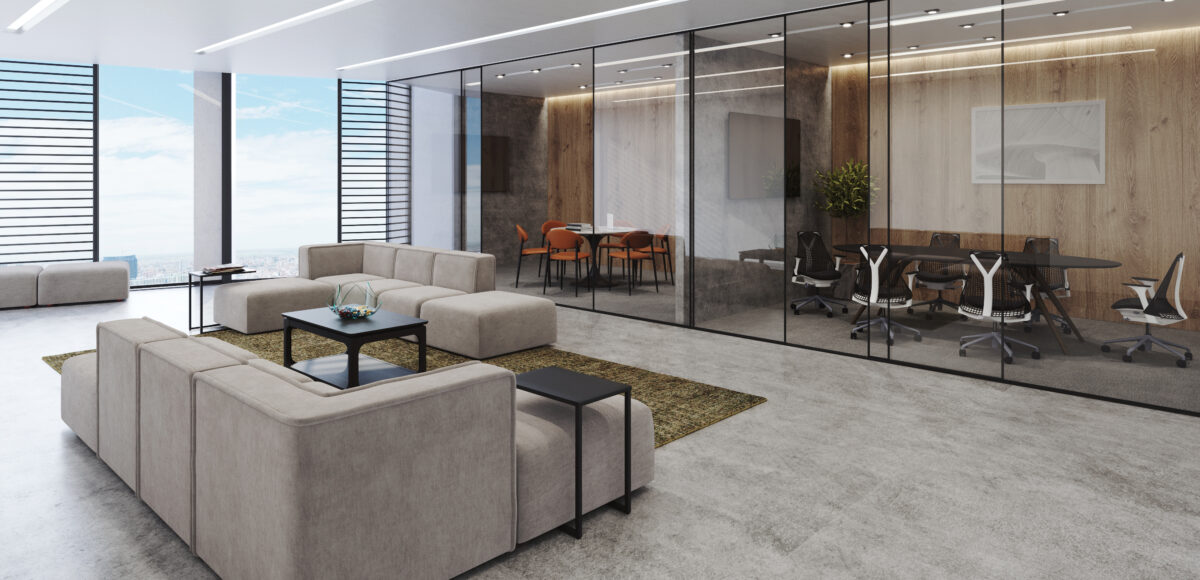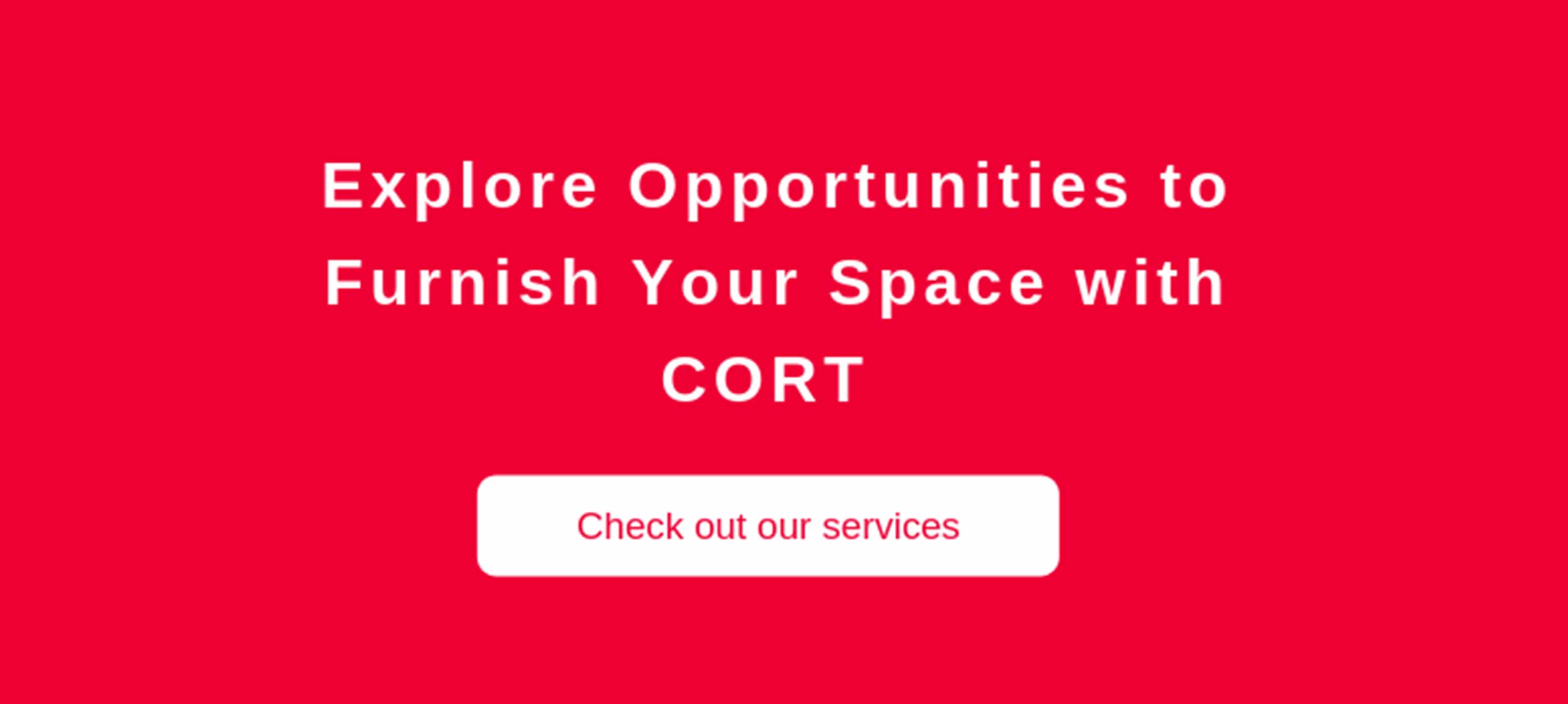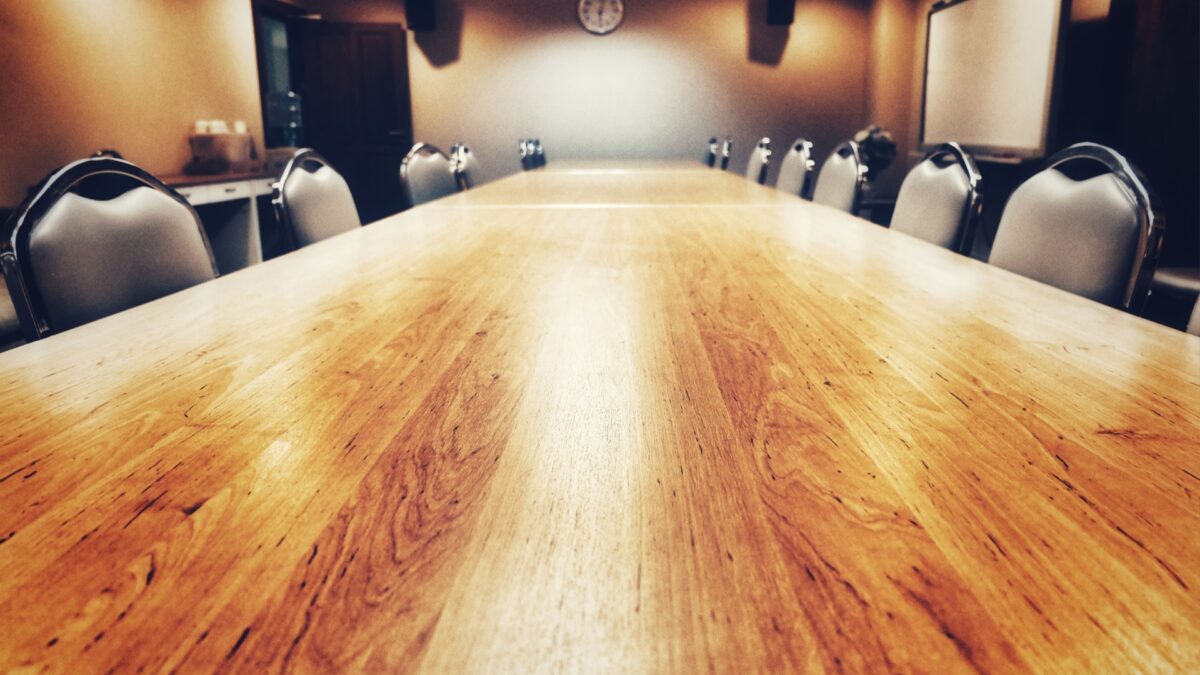Rethinking Ownership in the Workplace: Why Access Is Fueling the Next Wave of Agility
Workplace strategy has never been a static discipline—but over the past few years, the pace of change has outpaced most models built to support it. Teams have been asked to reimagine space, culture, and sustainability all at once—while proving ROI, meeting compliance expectations, and keeping people engaged.
What’s emerged from that pressure isn’t a universal answer, but a shared realization: the tools we use to shape space need to change as often as the needs themselves. The shift is no longer just about hybrid. It’s about adaptability at every level—from the layout of a team’s zone to the financial structure that governs how furniture is procured. Ownership, for some teams, is becoming less of a strategy and more of a constraint.
In 2022, Kay Sargent named that tension clearly. And as we revisit her insights through a 2025 lens, the question isn’t just whether she was right. It’s what we’re doing with the truth she surfaced—and how models like Furniture-as-a-Service are helping strategists move from static planning to living, evolving space strategies.
Quick Guide: Explore the Topics Below
- The Question That Hasn’t Gone Away
- Why Workplace Strategists Need Long-Term Flexibility
- What Furniture-as-a-Service (FaaS) Solves for Strategy
- Sustainability That’s Operational, Not Aspirational
- Procurement Isn’t a Blocker—Unless the Model Is
- When Ownership Slows You Down
- Rethink what furniture strategy can be-with help from CORT
The question that hasn’t gone away
In our original sit down with her, Kay Sargent asked a question that stopped a few people in their tracks:
“Why would you want to own any of this?”
At the time, it felt like a provocation. Most teams were still reacting to disruption—redrawing floorplans, navigating hybrid attendance, and questioning what their real estate strategy should even look like.
Three years later, that question hasn’t gone away. But it has become easier to consider.
More workplace strategists are now exploring alternatives to ownership—not because everyone’s made the leap, but because the old model feels increasingly misaligned with how people actually work.
One of those alternatives? Furniture-as-a-Service.
While still not standard practice, it’s a model gaining traction among teams who need to test, reconfigure, or scale without locking in. This article revisits what Kay saw coming, explores what workplace strategy teams are facing today, and introduces a flexible model that’s not meant to replace what you’re doing—but to support how you’re navigating what’s next.
What workplace strategists need now: flexibility that lasts longer than a moment
If you work in workplace design or strategy, this will sound familiar: your real estate team is rethinking space, your people team is reevaluating culture, and your leadership is asking for both flexibility and cost control—without compromising the employee experience.
You’re not alone. The workplace in 2025 is more fluid, more multi-use, and more responsive than it was just a few years ago. Teams are trying to solve for:
- Changing headcounts
- Shifting attendance patterns
- New ways of collaborating (and focusing)
- Increased attention to employee experience, accessibility, and wellbeing
- Greater pressure to show sustainability progress—not just say it
And still—many spaces are outfitted with fixed furniture and fixed assumptions.
This is what Kay meant when she said the “ground is still moving.” But what she also said—back in 2022—is that the real problem wasn’t the movement. It was that so many companies were waiting for it to stop before making any decisions.
“We’re lacking courage,” she said. “Which means people aren’t going to do anything. Which means people are going to return to crappy experiences.”
That fear of getting it wrong was keeping teams from testing new layouts, piloting space configurations, or changing how furniture was deployed. Now in 2025, that fear has evolved into action—but only for those who chose access over ownership as their model for change.
Why the access model makes workplace agility possible
What Kay forecasted—intentionally or not—was the need for a model that allowed people to try, test, evolve, and refresh without locking into long-term decisions. That model exists now in the form of Furniture-as-a-Service (FaaS).
FaaS offers organizations the ability to rent high-quality furniture—conference tables, workstations, soft seating, collaborative pods—for as long as they need. And when priorities shift, it’s not a sunk cost. It’s an update.
Here’s what it solves for a strategist:
- A pilot that lasts six months doesn’t require a capital investment
- A reconfiguration in Q3 doesn’t have to wait until the next budget cycle
- A swing space doesn’t have to be second-rate or secondhand
- A team growing faster than expected isn’t stuck waiting on lead times
- A company reducing space isn’t scrambling to liquidate or store furniture
CORT clients, for example, could update 20–25% of their workplace furniture annually—keeping destination spaces fresh, collaborative zones relevant, and budgets predictable.
As Kay put it:
“Even if you know what you want today, you still want to be able to refresh things. Rework them. Lighten them up a little.”
FaaS isn’t about renting because it’s cheaper. It’s about renting because it’s smarter.
Designing for people means designing for change
One of the most valuable moments in the 2022 conversation came when Kay challenged the idea of designing for a “typical” employee.
“We are no longer designing for a typical individual. Who even is that today?”
She wasn’t being rhetorical. She’s right. Today’s workplaces include neurodivergent talent, multigenerational teams, and individuals with different expectations around collaboration, privacy, and productivity. The right layout in Q1 might not serve the same team in Q3.
FaaS supports that variability. It allows workplace leaders to:
- Pilot new settings
- Create quiet zones alongside active ones
- Adjust based on real usage patterns
That kind of adaptability only works if the system behind it is designed for repeat use. The furniture needs to move well, clean well, and hold up after multiple reconfigurations.
That’s where services like CORT come in—supporting flexible strategies with products built for real rotation, cleaned between uses, and maintained to consistent standards.
Sustainability that’s operational and scales with you
The demand for sustainable space solutions is real—but so is the need to show progress, not just promise. CORT’s approach doesn’t just sound circular. It functions that way:
Rent → Return → Repeat → Refurbish → Repurpose
- Furniture is reused 2–6 times over 3–4 years
- More than 95% of items stay out of landfills
- Refurbished pieces are sold through CORT Furniture Outlets to extend use even further
- Delivery logistics are optimized to reduce emissions
For workplace strategists tasked with contributing to ESG goals, this isn’t just a nice-to-have. It’s a measurable reduction in waste and environmental impact—without the complexity of managing it internally.
And because CORT requires ethical compliance and audits across its supply chain, teams can feel confident about what’s behind the product—not just what’s on the floor.
This isn’t a green claim. It’s a scalable system. And for teams trying to prove impact—not just intent—it’s an asset.
Procurement isn’t a blocker—unless the model is
For many strategists, the hardest part isn’t design. It’s procurement alignment.
You might be able to see the value of testing. Your leadership might support change. But if the procurement process only supports ownership, every good idea gets stuck.
FaaS clears that hurdle by shifting spend from CapEx to OpEx, removing the pressure of committing to permanent solutions. It supports:
- Faster deployment
- Easier reallocation
- Lower risk
- And cleaner offboarding when a pilot ends
“We’ve got to rework our whole process,” Kay said. “But it solves a lot of problems.”
She’s not wrong. Flexible models like CORT’s Furniture-as-a-Service help bridge the gap between workplace intent and procurement process—making it easier to say yes to change without needing to explain why you’re stuck with outdated furniture six months later.
When ownership holds you back
The more permanent your furniture decisions, the fewer moves you can make.
And yet many workplace strategists are still navigating legacy procurement processes that prioritize one-time buying over long-term flexibility.
That’s where Kay’s comment becomes more than a quote. It becomes a filter:
“In the fluidity of the world we’re living in today, people really need to assess what they need to own—and what they just need access to.”
For strategists looking to stay agile, access supports:
- Changing layouts with little friction
- Budgeting through OpEx, not CapEx
- Testing without overcommitting
- Moving at the speed of change, not the speed of approval cycles
Ownership will always have a role in workplace strategy. But when the goal is to stay responsive—to changing teams, headcounts, expectations—it can’t be the only option on the table.
That’s why more strategists are adding access to the mix. Not because it’s trendy. Because it’s practical.
Rethink what furniture strategy can be-with help from CORT
You don’t need to reinvent your process. You just need to change how you think about the pieces inside your workplace—and how long you expect them to stay the same.
“It takes some enlightened people,” Kay said, “who see the opportunity and possibility here.”
If you’re one of those people, CORT can help you act on it. From short-term pilots to full-space transitions, CORT’s team helps workplace strategists scale intentionally, cost-effectively, and without lock-in.
Want to dig deeper?
Listen to this special CORT Workplace Talk where we revisit Kay’s original insights, explore what access over ownership means in 2025, and share how CORT partners with teams like yours to bring workplace flexibility to life. You can also revisit Kay’s original conversation with Melanie Jones in “CORT Workplace Talks: The Redesign of Office Design” and “CORT Workplace Talks: The Redesign of Office Design (Part 2).“
Disclaimer: The above podcast episode was generated using AI based on an interview transcript. While the content remains true to the original conversation, the voices, tone, and delivery were synthesized and do not represent actual recordings of the speakers. This AI-generated format is intended to enhance accessibility and provide an alternative way to engage with the discussion.







